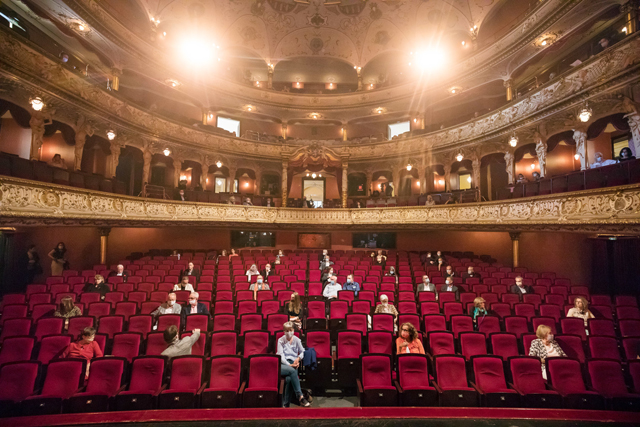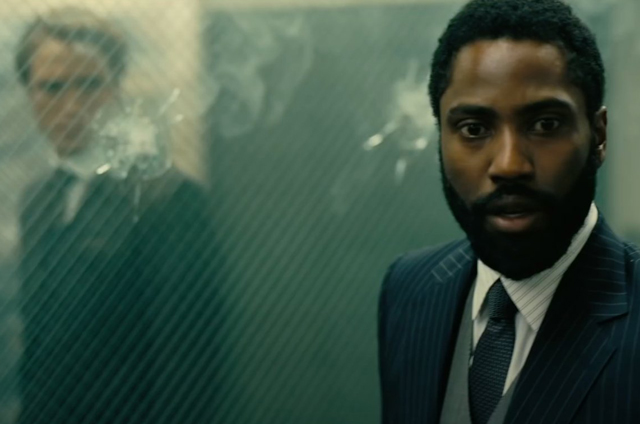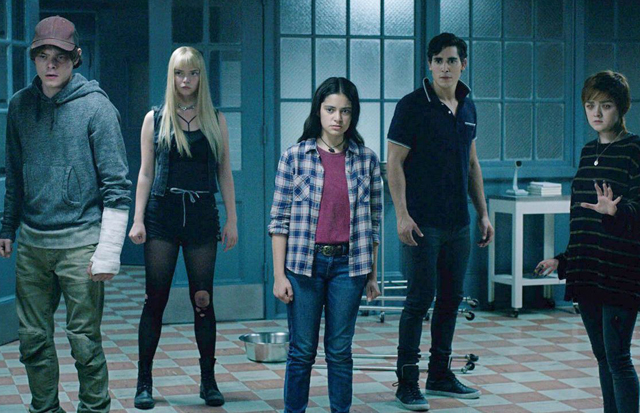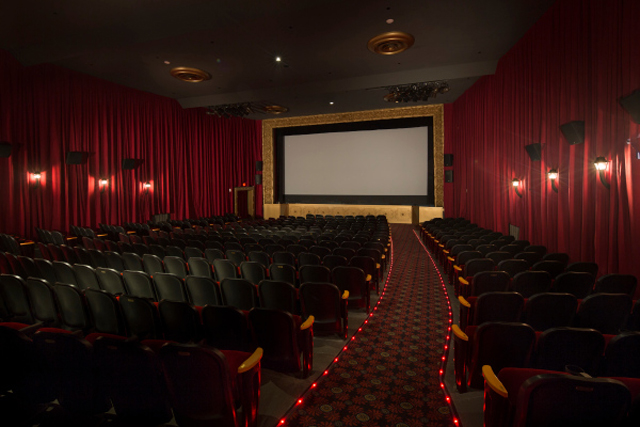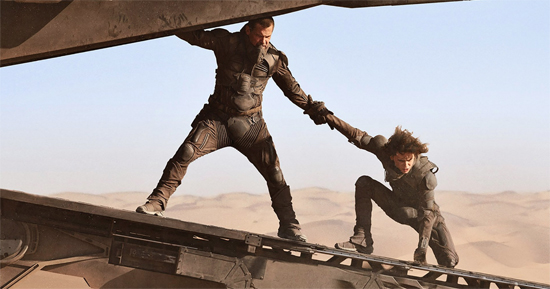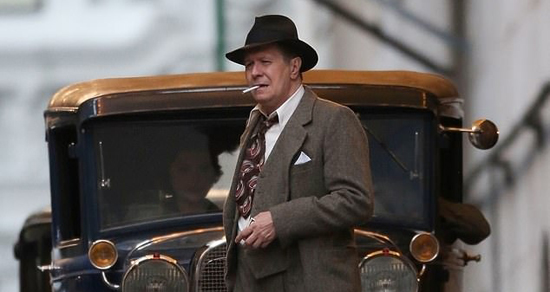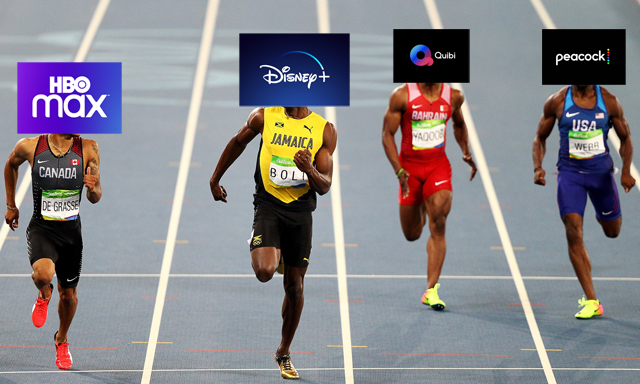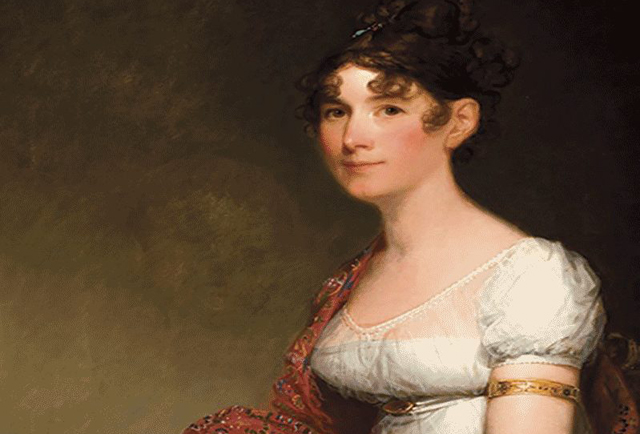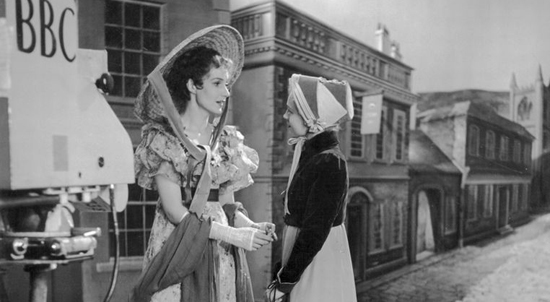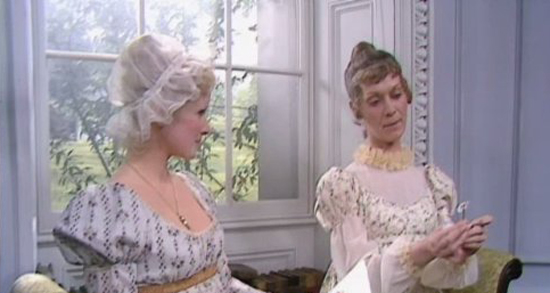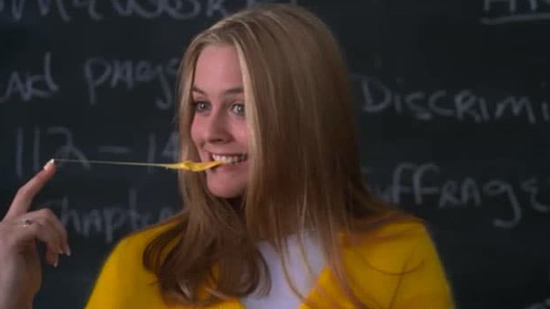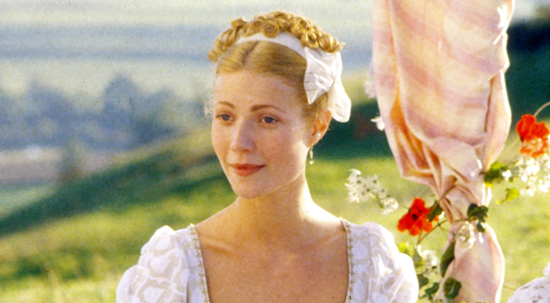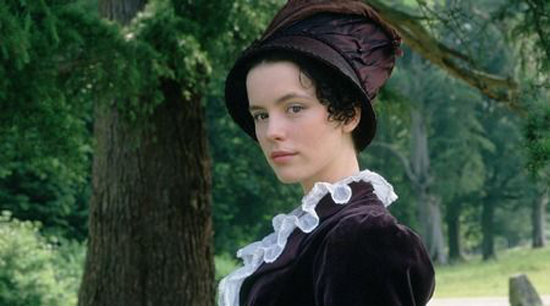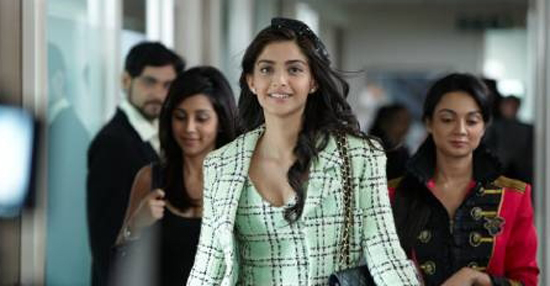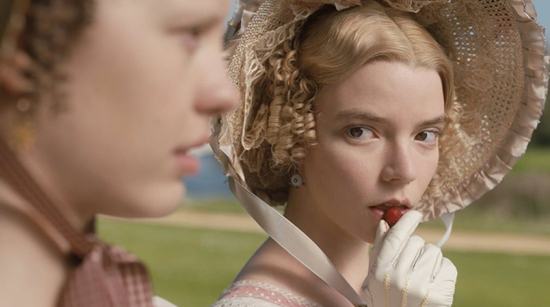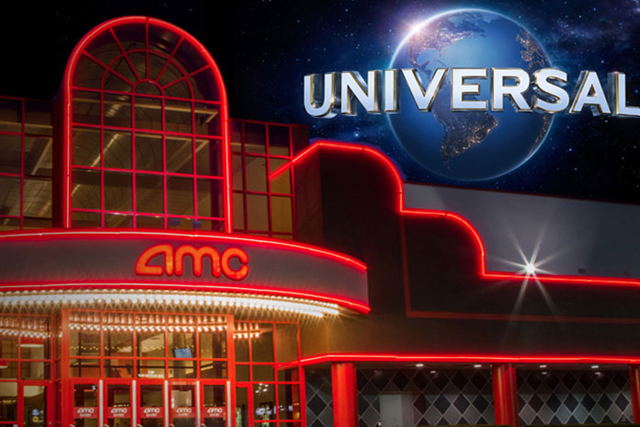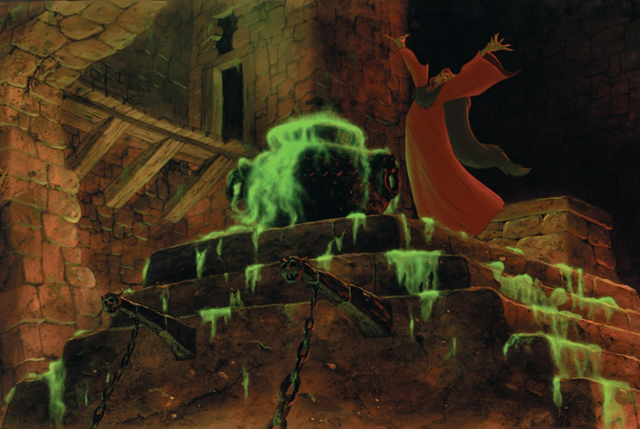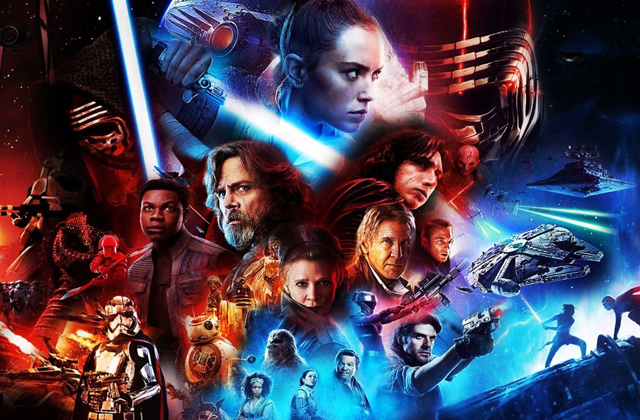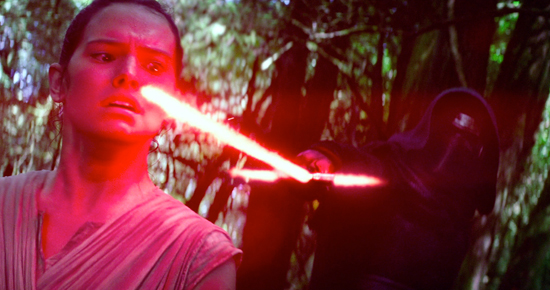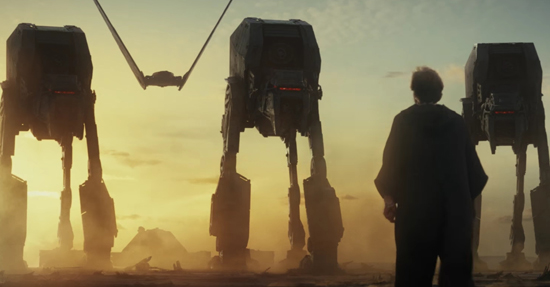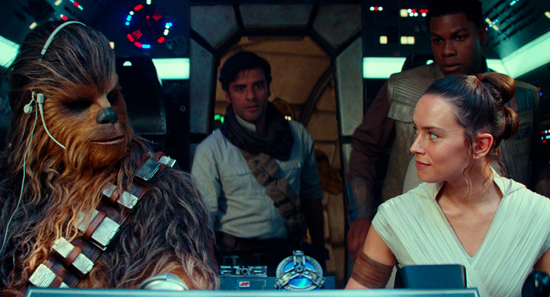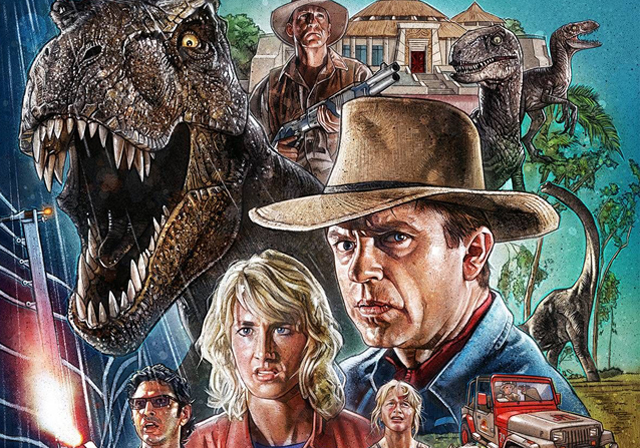
There really are very few action adventure films that hold up as well as Jurassic Park (1993). Steven Spielberg’s groundbreaking blockbuster ushered in a new era in Hollywood when it came to visual effects, utilizing CGI at a level previously unseen before in the movies. It also restarted a renewed interest in paleontological studies, as fans young and old finally got to see dinosaurs on screen that looked more real than ever before. The movie’s plot certainly was tailor made for the cinema, but you have to go pretty far back to remember that before Jurassic Park was a hit movie it started out as a hit novel. Jurassic Park was the original brainchild of one of the most celebrated Science Fiction authors of his time; Michael Crichton. Crichton had already built up a long-standing relationship with Hollywood before. His earlier work like The Andromeda Strain and The Terminal Man were runaway best sellers that in turn were adapted into hit movies. Crichton even dabbled into filmmaking himself, both writing and directing the original film Westworld (1973), which of course would later go on to influence the hit HBO series of the same name. So, when he began writing what would end up being Jurassic Park, he probably had a good feeling that it would likely be made into a film right away. In fact, Universal Pictures optioned the novel even before it was published in 1990. It passed around to a number of filmmakers, but once it landed in the hands of Spielberg, it was just a natural fit. Who better to trust with Crichton’s high concept vision than the guy who’s been at the forefront of so many groundbreaking effects films like Raiders of the Lost Ark (1981), E.T. The Extra-Terrestrial (1982) and Back to the Future (1985). However, Jurassic Park would be different from those movies before and that is largely due to the themes that Crichton often worked with.
Michael Crichton was a Harvard educated medicinal scholar, earning an M.D. in 1969. However, he never actually practiced medicine in his life, opting to pursue his writing career instead, especially after getting his first novel published while still attending school. Despite this divergent path, Crichton still put his scientific knowledge at the forefront of his work, writing through the lens of speculative Science Fiction. Though many of his novels feature science that either doesn’t actually exist or hadn’t been invented yet, his scientific background allowed for him to provide enough informed detail to actually convince the reader that the fictionalized science in his novels could be plausible. And many of his predictions have remarkably proven to be close to reality since he first wrote them down. The Andromeda Strain showed a believable scenario of how society might respond to a deadly viral outbreak that seems eerily close to today. The Terminal Man provided a dire warning of the dangers of how computers could be used for mind control purposes. Westworld predicted the advances in robotics, and Jurassic Park speculated on the potential consequences of genetic engineering; all things that we are seeing continually explored in science today. Despite the usual bleakness of Crichton’s narratives, he was not a science skeptic. He believed very much in expanding the scientific advancements that he wrote about, but he also argued that every scientific experiment must come with a fail-safe protection, just in case things go horribly wrong. More than anything, he hated the abuses of science, and this became an over-arching theme of his work. In particular, he used his writing to critique the science for profit motive that he often saw being abused in his time, particularly by pharmaceutical companies, entrepreneur engineers, and politicians who exploited science for their own agendas. This in particular is what frames the narrative of Jurassic Park; a money-making venture gone horribly wrong.
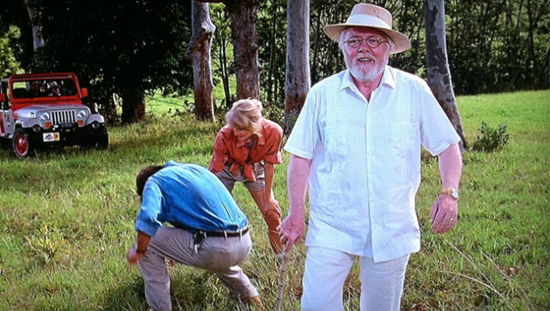
“Welcome to Jurassic Park.”
It’s interesting to note that Jurassic Park began not as a novel, but as a screenplay. Crichton wrote his first draft back in 1983, with the focus of the story centered on a young grad student who creates the first living dinosaur through genetic engineering. The breakthrough leads to investors, who devise the idea of creating a wildlife park of dinosaurs. It’s part of Crichton’s critical eye that something as monumental as the creation of a living dinosaur would inevitably lead to the desire of exploitation for the sake of entertainment in the end. In many ways, this early draft of what would end up being the story echoes Mary Shelley’s Frankenstein, with the one who made the scientific breakthrough being forced to confront the harsh reality of what it means to play god, and how a perversion of nature inevitably ends up destroying those who break it’s rules. Over time, Crichton revised his story, deciding to expand upon his themes in a novel form. In the book, the breakthrough and exploitation period has already passed, and what we find instead is a scenario of what corporatized science run amok would look like. The Jurassic Park in question comes across as this sanitized, Disneyland like paradise, but as the novel progresses, that veneer of safety is stripped away to reveal the harsh reality that man should never have messed around with natural order. Though the themes never changed over the time of writing the book, Crichton certainly wrote his story with a eye for adventure as well. His book is filled with spectacular set-pieces that do lend themselves well to cinema. There are detailed encounters with each dinosaur found on the fictional Isla Nublar, including the memorable raptor chase and the frightening encounter with the Tyrannosaurus Rex. For the most part, these set-pieces made the translation to the big screen pretty much in tact, but what is interesting is how the move from page to screen shifted the themes of Crichton’s novel.
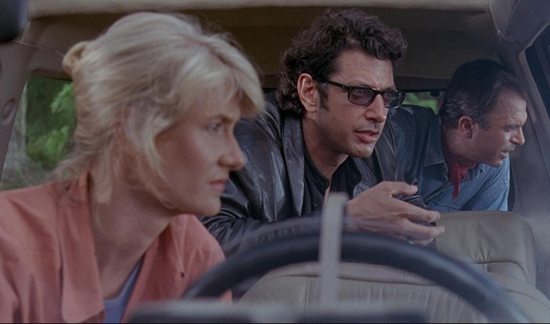
“Dinosaurs eat man. Women inherit the Earth.”
One big difference between Michael Crichton’s novel of Jurassic Park and Steven Spielberg’s film adaptation is the way that the characters are used. For one thing, Spielberg streamlines the number of characters to just a select few. A lot of the novel focuses on the scientists working behind the scenes in the bio-engineering labs where the dinosaurs are created. In the film, much of their roles are distilled down to one character in one scene of the movie. The character of Dr. Wu (played by B.D. Wong) is given more of a role in the novel, but in the movie he appears just to given scientific exposition for the audience, explaining exactly all we need to know about how the park was able to create dinosaurs. In this case, it actually helps the film to streamline Crichton’s scientific details. Spielberg knows that what the audience is waiting for is real life dinosaurs, and by giving us one scene to establish what we need to know, it helps to free up the rest of the movie’s plot just for that. Spielberg also gave more character dimensions to different characters and even altered their fate from what was in the book. This is particularly the case with Dr. Ian Malcolm, played memorably by Jeff Goldblum. In a case where I think the character was altered to better reflect the actor who’s playing him, Dr. Malcolm is very different from his literary origins, where he is depicted as a rigid, intellectual scientist who actually dies early on in the book. Perhaps when Spielberg cast the suave, eccentric Goldblum in the role, he tailored the character to be more like him. A lot of the character’s arc in the story is actually taken from another character named Donald Gennero, who is depicted in the movie as a cowardly lawyer who gets quickly eaten by the T-Rex at the halfway point. Gennero’s skepticism of the park is also reversed in the film, with the “blood-sucking” lawyer being all in on the plan for the park, while Malcolm is given the more cynical view.
But perhaps the most dramatic change from book to screen is the depiction of the character John Hammond. In the book, Hammond is the epitome of Crichton’s view of corporatized science taken to it’s most extreme. Hammond in the novel is a callous, profit driven business tycoon who created the park as nothing more than a way to earn more money. He cares little for the dinosaurs that are grown out of his laboratories, and even less for the poor humans who are put at risk of getting eaten by the dinosaurs when they get loose. He’s basically more P.T. Barnham than Walt Disney in this regard, seeing the park less a bold vision and more as a means to increase his own stature in the world of business. Spielberg on the other hand leans more in the Walt Disney direction with his portrayal of John Hammond. With his version, John Hammond is more idealistic and is not concerned about the financial viability of the park. In his own words, he “spares no expense” in seeing his park becoming a reality. For him the park is a source of pride, but it’s in that rosy outlook that he naively misses the flaws in his plan. It’s a far more sympathetic version of the character, departing very far from Crichton’s version. It also helps when the charming and jovial Sir Richard Attenborough is playing him. And Spielberg definitely seemed to want to emphasize Hammond’s noble intentions, because cinematically it reinforces the wonder of the park’s potential. Inevitably, Hammond’s arc in the movie is proof of Murphy’s Law imagined through this scenario, where everything that could go wrong, does go wrong, and it better illustrates the Frankenstein parallels even more. In the book, Hammond is unredeemable, and inevitably is killed by his own creation; eaten alive by a pack of dinosaurs. But in the movie, Hammond lives, and Spielberg leaves us with a poignant moment as Hammond looks back on a park he must now leave behind, seeing it descend into disaster. Though Spielberg’s version of the character of John Hammond is sympathetic, the themes of Crichton’s novel still resonate, as his naivete is emblematic of the lack of foreseeing the need for a fail-safe plan to be in place. As Ian Malcolm astutely points out to John Hammond in the film, “You spent so much time thinking about whether or not you could, you never stopped to think whether or not you should.”
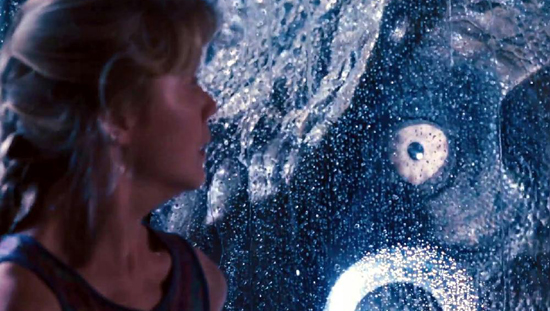
“If Pirates of the Caribbean breaks down, the pirates don’t eat the tourists.”
From that we see the biggest departure that Spielberg makes from Crichton’s novel, and more than anything it speaks to Spielberg’s sense of how such a story should play on the silver screen. We as the audience need to be given the sense of wonder, looking in awe at a world where dinosaurs walk the earth again. That’s why the opening part of the movie takes a far more optimistic tone. The movie does begin with an intense opening scene, where we do see the lethal threat that keeping dinosaurs captive can pose; in this case with one employee becoming a victim of a velociraptor. But, after that, the movie doesn’t have it’s next moment of danger until almost the halfway mark. Instead, we follow the characters of Dr. Alan Grant (Sam Neill) and Dr. Ellie Sattler (Laura Dern), who are pretty much as they are from the book, as they see the park for the first time. And their sense of wonder translates to our sense of wonder. With help from John Williams iconic score, we are given an amazing introduction to the dinosaurs, roaming the park peacefully in the way that I’m sure John Hammond had envisioned. But once the movie moves into the second half, the wonder gives way to terror, as we learn the real cost of toying with nature. By giving that contrast between the idealized vision and the risks that lie underneath, Spielberg gives the themes of Crichton’s novel more resonance. We need to be given that exciting sense of the potential of the park, before we see the terror that can come when it all falls apart. And that’s when the terrifying set pieces of Crichton’s novel become all the more cinematic. The Tyrannosaurus Rex encounter in particular is a masterclass in cinematic tension building, as Spielberg builds up the reveal of the creature in an incredible way. Utilizing the groundbreaking CGI animation from Industrial Light and Magic and full sized animatronics from the Stan Winston workshop, the T Rex is an incredibly realized creation that still holds up to this day. And perhaps drawing from his “slow reveal” lessons from the making of Jaws (1975) Spielberg brilliantly establishes the T Rex’s arrival through something as simple as water ripples in a cup. Though Crichton’s writing lends itself very well to the cinematic form, it’s Spielberg who made it work in such a brilliant fashion with his sense of how to make it all work on the screen.
One thing that I do think Spielberg translated perfectly in tact from Crichton’s novel is the corporatization of science within the park. After that inspiring moment where we first see the dinosaurs, John Hammond then takes his guests to the main hub facility of the park. There we see the sanitization of what Hammond has accomplished, presented through branding, merchandising , and state of the art presentation. The film even has the characters watch what is essentially a propaganda piece in the form of a cartoon, which both spells out the science behind the film for the audience but also illustrates the naïve way that John Hammond is trying to market his park to a less informed public. Spielberg definitely drew inspiration here from some attractions found in Disneyland and other parks, like the Carousel of Progress and Adventures Thru Inner Space, which also provided sanitized, propaganda messaging from their corporate sponsors like GE and Monsanto. And though there initially is no malice behind what Hammond is trying to push through what he sees as entertainment, it nevertheless shows the way that science can often be manipulated in order to create the rosiest of outlooks to the wider public. It’s in this part of the movie that we do see the movie reach the more cynical view of Crichton’s novel. Though the realization and the vision behind the park is impressive, it’s once the scientists dig deeper into what’s actually going on inside the labs that they begin to see behind the corporate veneer of it all, and see it’s inherit danger. The little details in Spielberg’s portrayal of Hammond’s compound really drive home this point, as there is a great contrast between the sweet wholesome confines of the facility and the ultimate wild reality of the park itself. It’s especially poignant when Spielberg cuts to a stuffed animal version of a dinosaur in the gift shop right after the characters have been attacked by the real thing. Ironically, an identical gift shop can be found today at Universal Studios right outside the Jurassic Park ride exit. At least there the dinosaurs are not real.
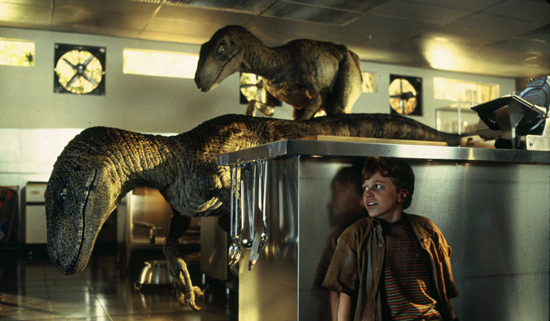
“They never attack the same place twice. They are testing the fences for weaknesses, systematically. They remember.”
In both cases, the novel and the movie are both brilliant bodies of work, but they do take different angles on achieving the same message. For Crichton, the perversion of science is inevitable and the consequences bear out on the people who unwisely play god without caution. In Spielberg’s film, there is an added level of poignancy where the failure of the park becomes more of a tragedy than anything. I think the most fascinating angle that Spielberg takes in his film is the way he portrays John Hammond. For Crichton, he was the epitome of capitalism’s exploiting of science for all the wrong reasons. Spielberg, on the other hand, almost in a way identifies with John Hammond, viewing him as a man wanting to create something positive for the world in an entertaining way, only to see his vision unrealized and shattered by the end. I think that it’s why he cast a fellow film director like Attenborough in the role. Like a lot of directors, Spielberg has had his share of disappointing failures go wrong even after embarking on them with the best intentions. I don’t think it’s any coincidence that he added this element into the movie that was his follow-up to the disappointing Hook (1991). At the same time, I hardly think that Spielberg was disrespecting the vision of Michael Crichton with his revisions. After all, Crichton had a hand in the screenplay for this as well, taking cues from his original draft and also giving Spielberg the go ahead to make the changes that he needed, with David Keopp providing the extra material. Whether you read the book or watch the movie, the message in the end remains the same. We all must be wary of how we use science in near and distant future. Science is a powerful tool that can help uplift society if used correctly, but it can also be a force for destruction if used improperly. Basically, both Crichton and Spielberg’s ultimate intentions is for everyone to educate themselves and have a better understanding of Science in general. Jurassic Park is a cautionary tale of unchecked Science run amok by people who should never have utilized it in the first place. And on top of that, it is an incredibly vivid adventure that still stands the test of time, even as Science has caught us up to where it’s visions may even become a reality some day.
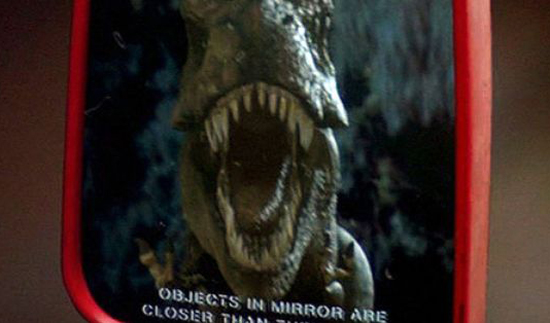
“Before you even knew what you had, you patented it, and packaged it, and slapped it on a plastic lunchbox, and now you’re selling it, you wanna sell it. Well…”
